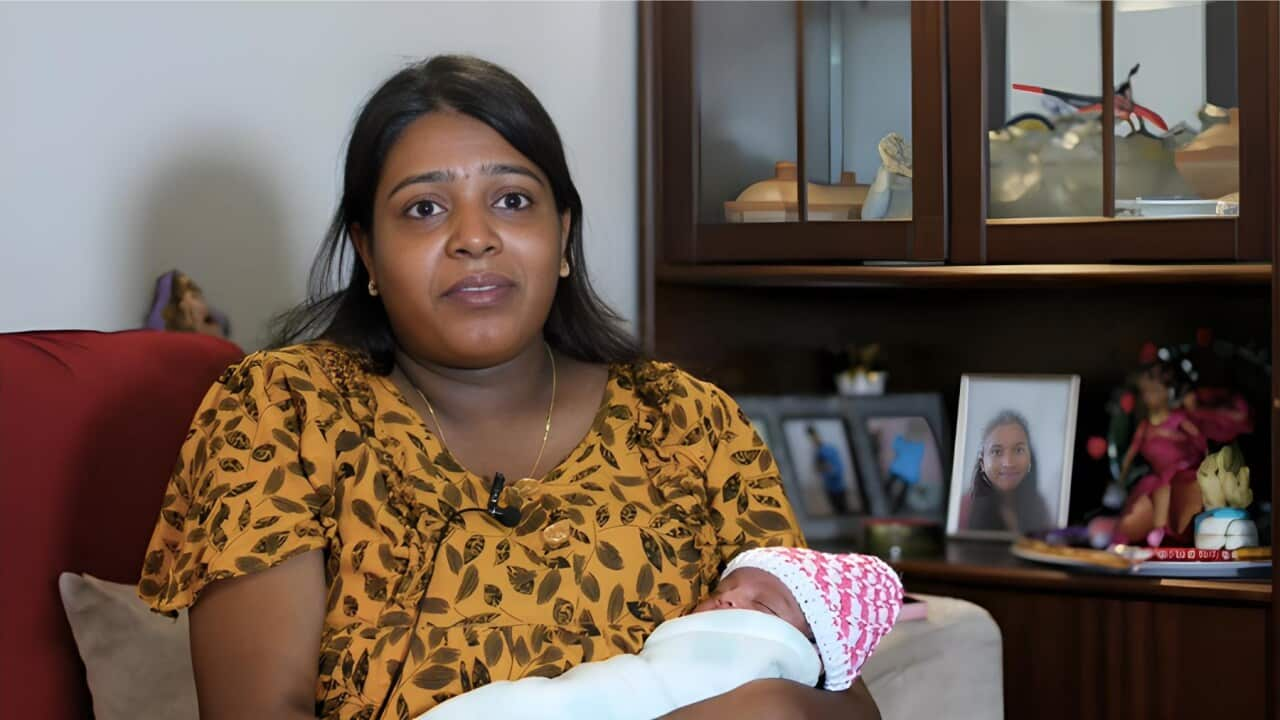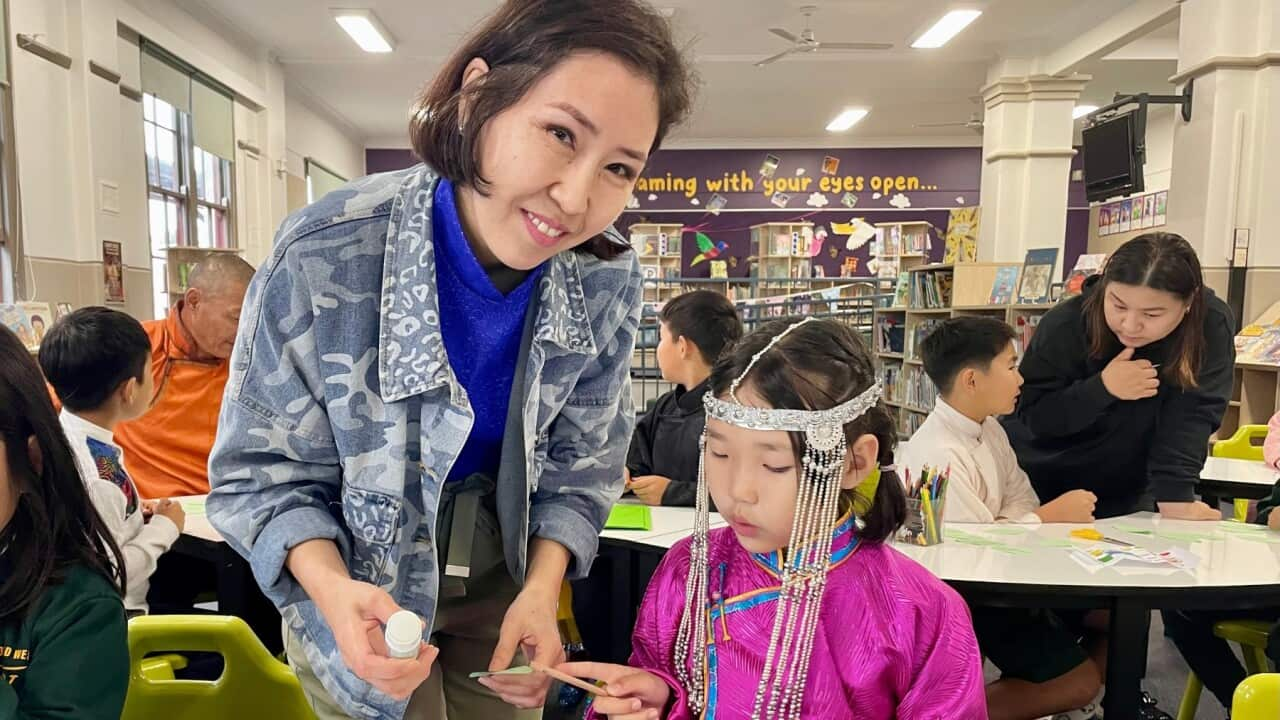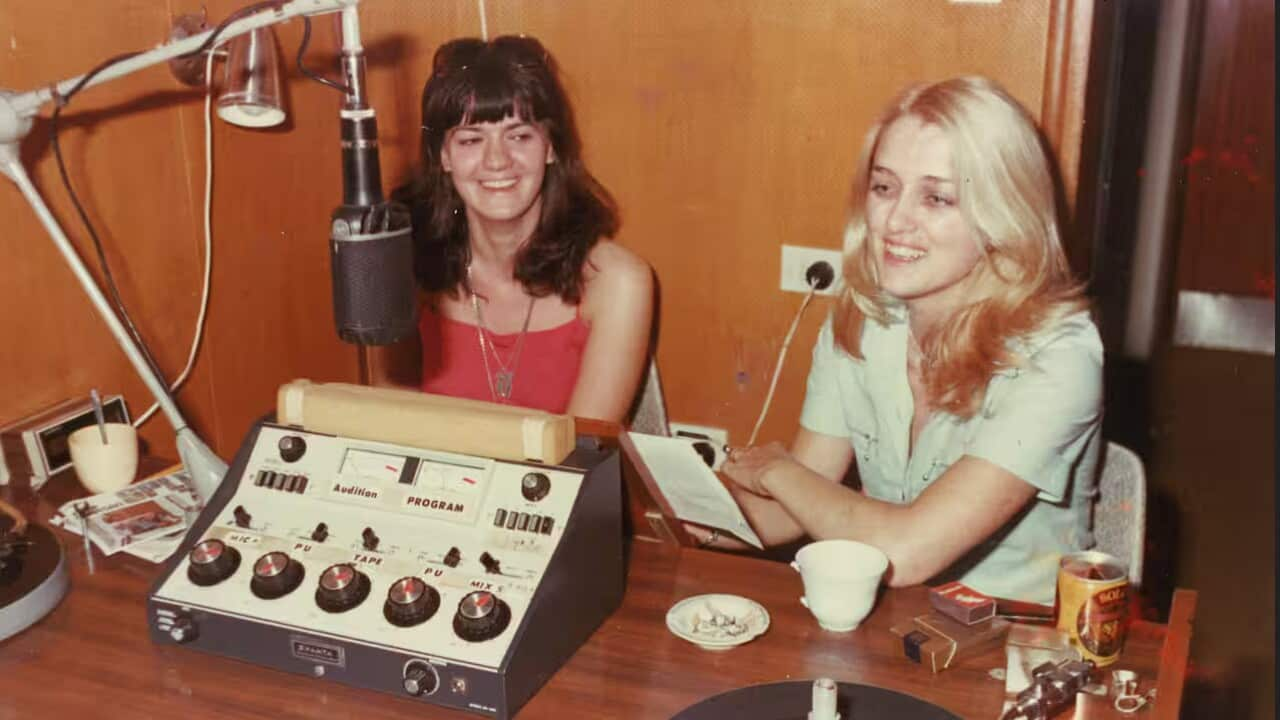TRANSCRIPT
Anushanthini Jesuthasan gave birth to her first daughter just days ago.
The 23-year-old Tamil woman fled to Australia as a refugee in 2013, after facing persecution in Sri Lanka.
"My own country where everywhere I see everyone looks like me, talks the same language as me, eats the same food as me but all of a sudden it's all changed. That was a big, big, big culture shock for me, like I'm a completely lost stranded puppy in the forest that's what I felt like when I arrived here."
Ms Jesuthasan says, above all, she is grateful for her safety, especially as she considers raising her newborn. But that doesn't mean her experience in Australia has been without its challenges.
"We've learnt to cope with whatever challenge that comes towards as a refugee in Australia. When it comes to getting into schooling, I arrived as a 12-year-old and my sister was much, much younger. When I arrived here, we were not allowed public schooling. When we applied for a public school nearby they said 'because of your refugee status we are not able to provide you with a position.'"
The Building a New Life in Australia report has documented the settlement outcomes for nearly 2,400 humanitarian migrants.
Looking at the 10 years from 2013, it found:
Workforce participation rates increased from around 20 ((22 per cent in 2013)) to more than 50 per cent ((54 per cent in 2023)),
...more than a third ((35%)) of people completed some form of education or job training in Australia,
...more than half ((54%)) of all participants reported that they spoke English well,
...and about three-quarters ((76%)) said they felt part of the Australian community, most of the time or always.
Australian Institute of Family Studies Senior Researcher, Dr John Robert Van Kooy, says the results point to success in the refugee settlement space.
"Refugees, despite the diverse context that they come from and the really challenging context that they come from – places like Iraq, Afghanistan, Myanmar – they're adjusting quite well to Australia. I think it also bares out the extensive and quality of our settlement services.”
Assistant Minister for Citizenship and Multicultural Affairs, Julian Hill, says it's imperative those settlement services are invested in and maintained.
“I'm a bit old fashioned and believe that public policy and services should be based on evidence, not just the vibe of the thing. The report released today is a really important contribution to making sure Australia's settlement services in months and years to come are effective as they possibly can be, reflecting the lived experience of thousands of humanitarian migrants."
Despite the evident success, several challenges persist.
They include mental health and financial hardship, compounded by the cost-of-living crisis.
In particular, Settlement Services International CEO Violet Roumeliotis says the policies, approach and design of employment programs do not work for refugee and migrant women.
"They're immediately disadvantaged just by the sheer fact that they are the primary carer of children at home. We know that, typically, refugees arrive between that childbearing age - usually between 25 to 45 years old. So those best years where they can actually participate and work, women are not getting the bespoke, tailored approach they need."
Ms Jesuthasan wants to become a nurse – an opportunity that is dependent on her visa outcome.
But she hopes her daughter can have an easier life in Australia.
"Once she starts getting her senses of beginning to start her life, I want her to do it without any barriers, like being a refugee."













